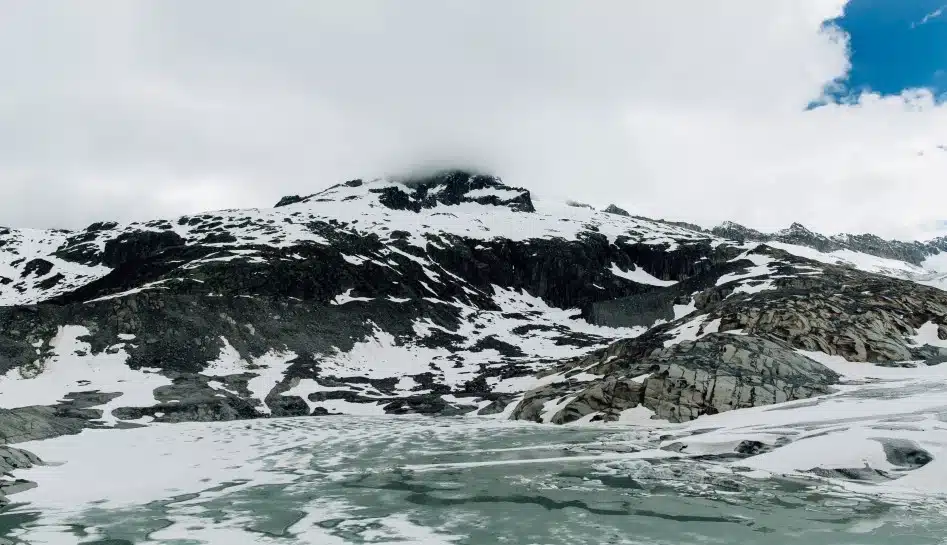With the expansion of agriculture, development of new hydroelectric power (HEP) sites, and growth of the tourism sector, exposure to glacial floods is only likely to increase, says a study published in journal Nature
Rapid deglaciation in Himalayas in response to climate changes has led to a 93 percent increase in the number of glacial lakes across the region in the last two decades.
Glacial lake outburst floods (GLOFs) are a growing concern for mountain regions globally. While research on GLOFs has been conducted in hotspots such as Iceland, North American Cordillera, and Hindu-Kush-Karakoram, the Himalayas have emerged as the primary research focus since 2015. The Andes are another region where the potential for large GLOF impacts is high.
Concurrently, populations living in close proximity to glacial lakes have grown, increasing the overall exposure to GLOFs.
According to a study published in journal Nature, glacial lake outburst floods threaten millions globally. More than half of the globally exposed population are found in just four countries: India, Pakistan, Peru, and China.
Populations in the Himalayan region and particularly those in Pakistan live closest to glacial lakes. With the expansion of agriculture, development of new hydroelectric power (HEP) sites, and growth of the tourism sector, exposure is only likely to increase as people move to higher elevations, the study explains.
The characteristic rapid onset and high discharge of GLOFs mean there is often insufficient time to effectively warn downstream populations and for effective action to be taken, particularly for populations located within 10–15 km of the source lake.
Improvements are urgently needed to Early Warning Systems (EWS) alongside evacuation drills, plus other forms of community outreach that are sympathetic to potential social and cultural barriers, to enable more rapid warnings and emergency action in these highly exposed areas, the study warns.
Across High Mountain Asia (HMA), resources for mitigation are often limited, and residents’ lack of awareness or lack of means to affect change inhibits their ability to prepare for and recover from potential GLOF disasters sourced from remote glacial lakes.
Also read : Climate discourse taking centre stage


















Add Comment